Anchisaurus
Name Origin
Near Lizard
Family
Anchisauridae
Classification
Diapsida, Saurischia, Sauropodomorpha
Habitat (Discovery Location)
United States, South Africa
Period
Early Jurassic
Length
Approximately 2.4 meters
Weight
Approximately 35 kilograms
Diet
Herbivore (Plant-eater)
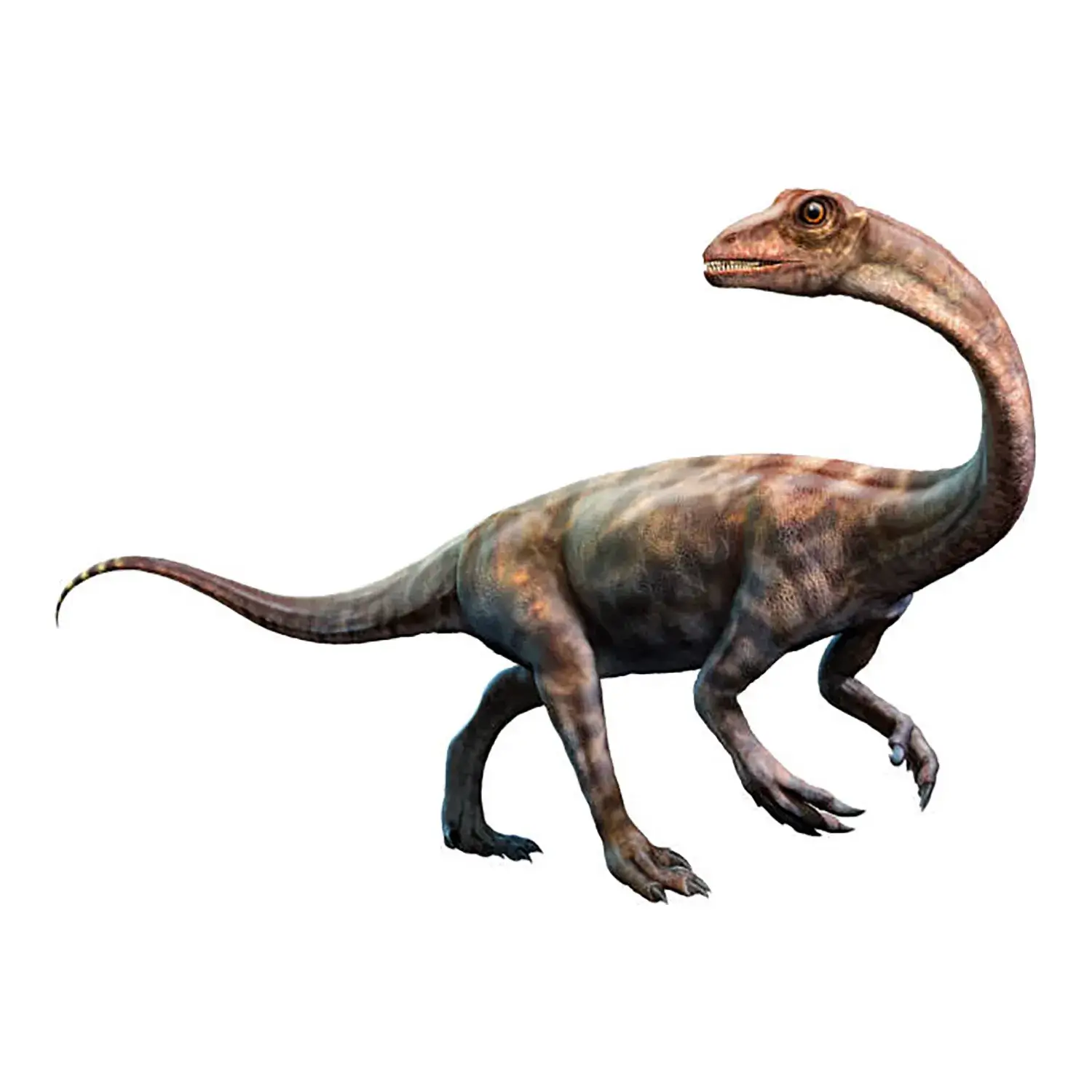
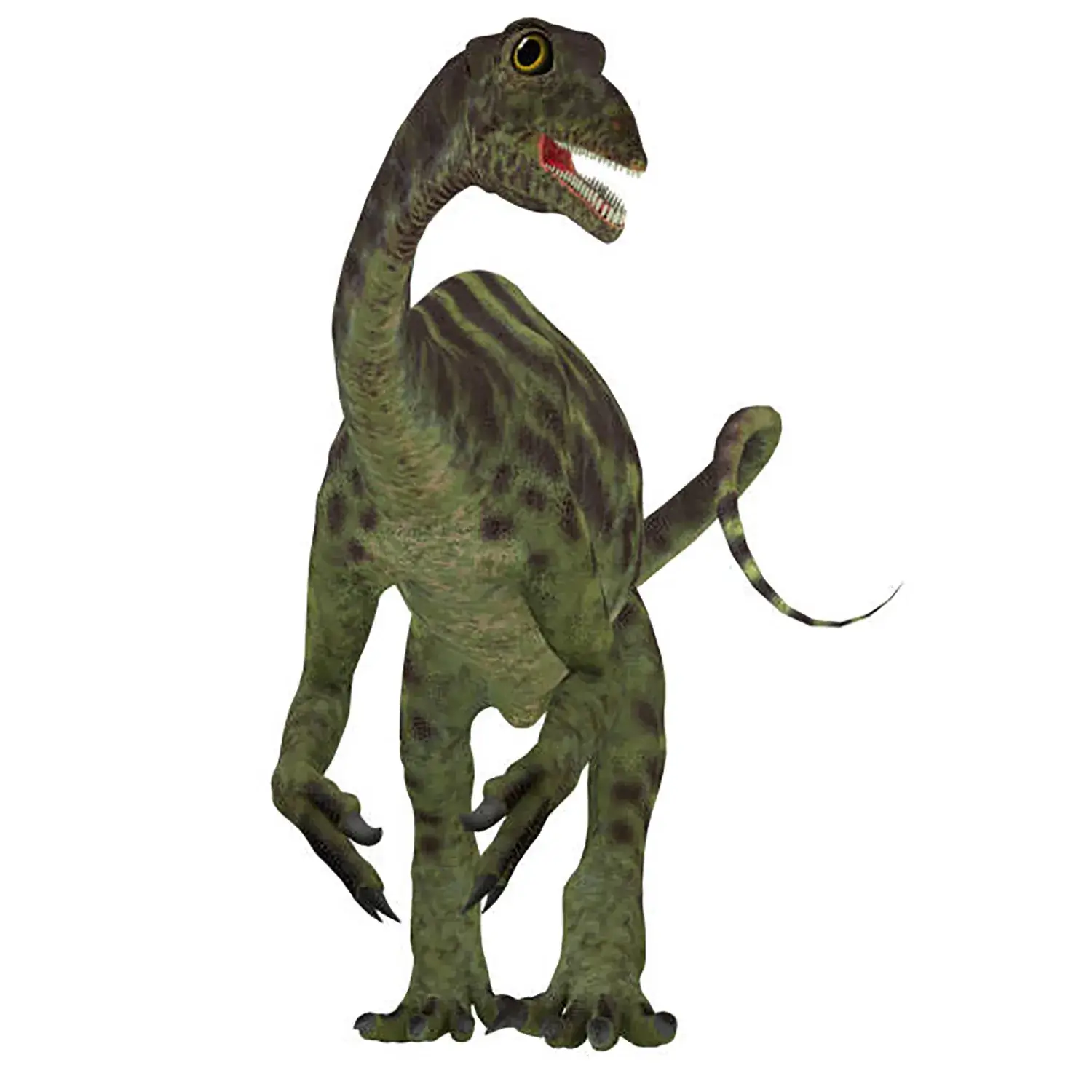

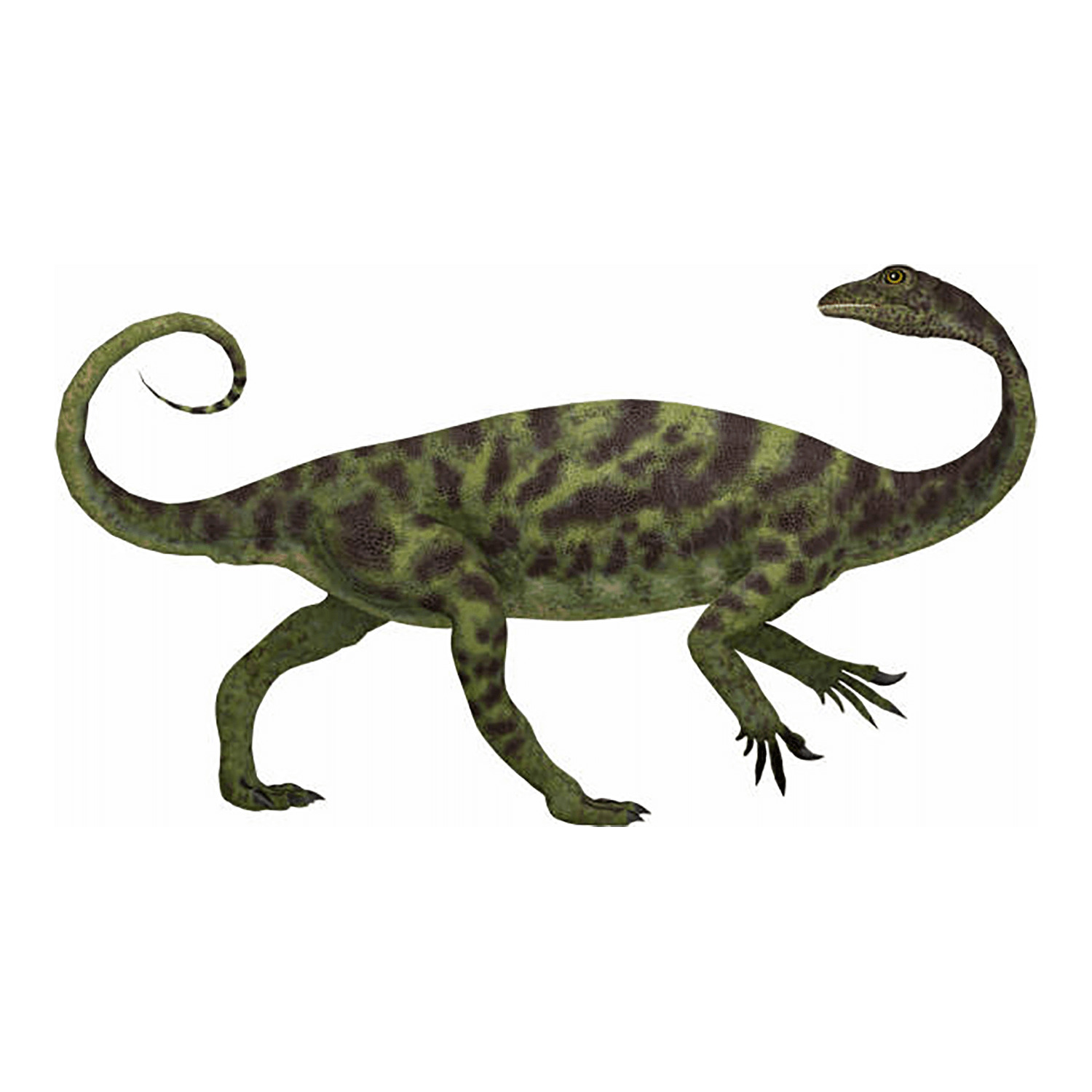
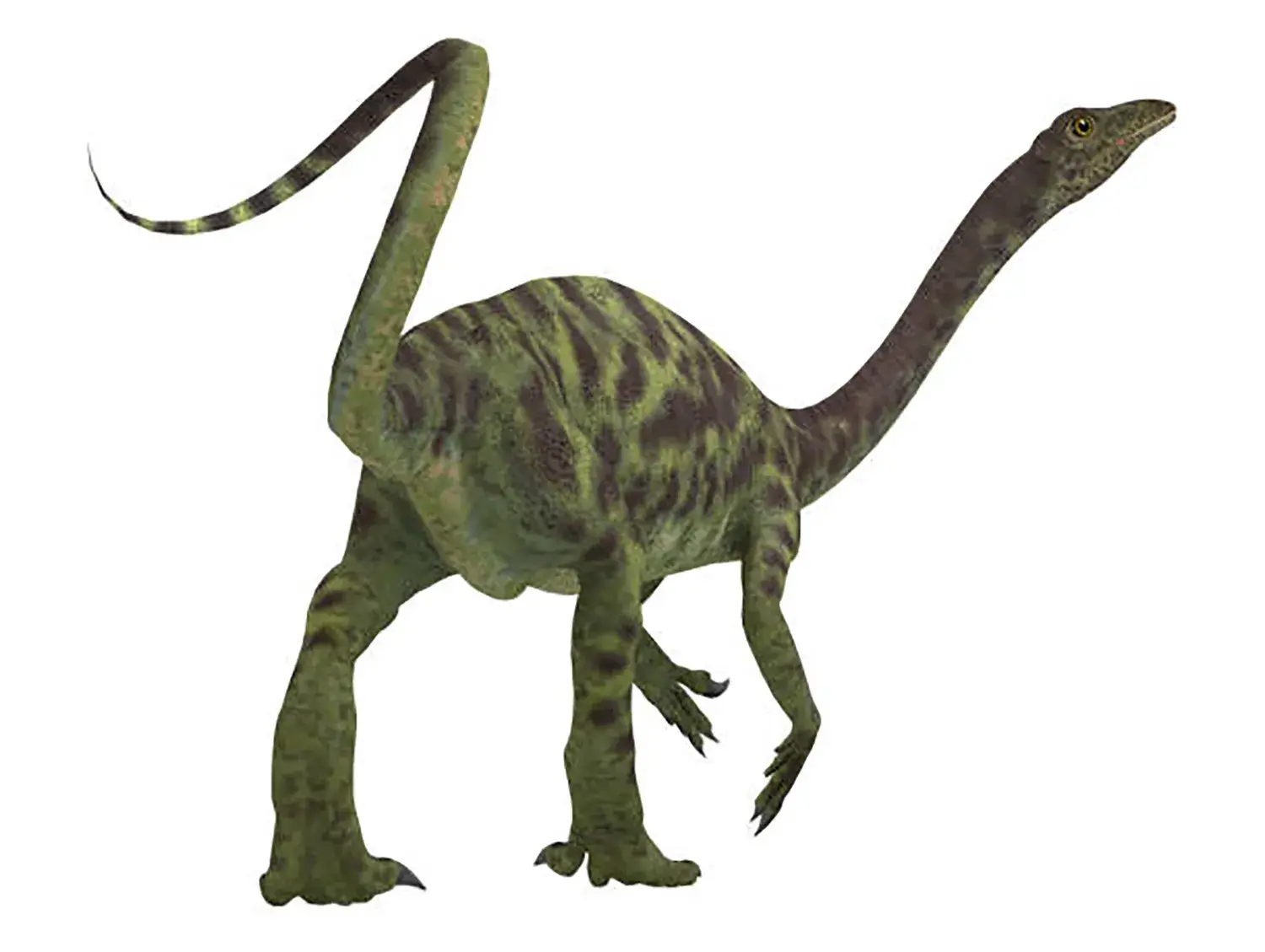
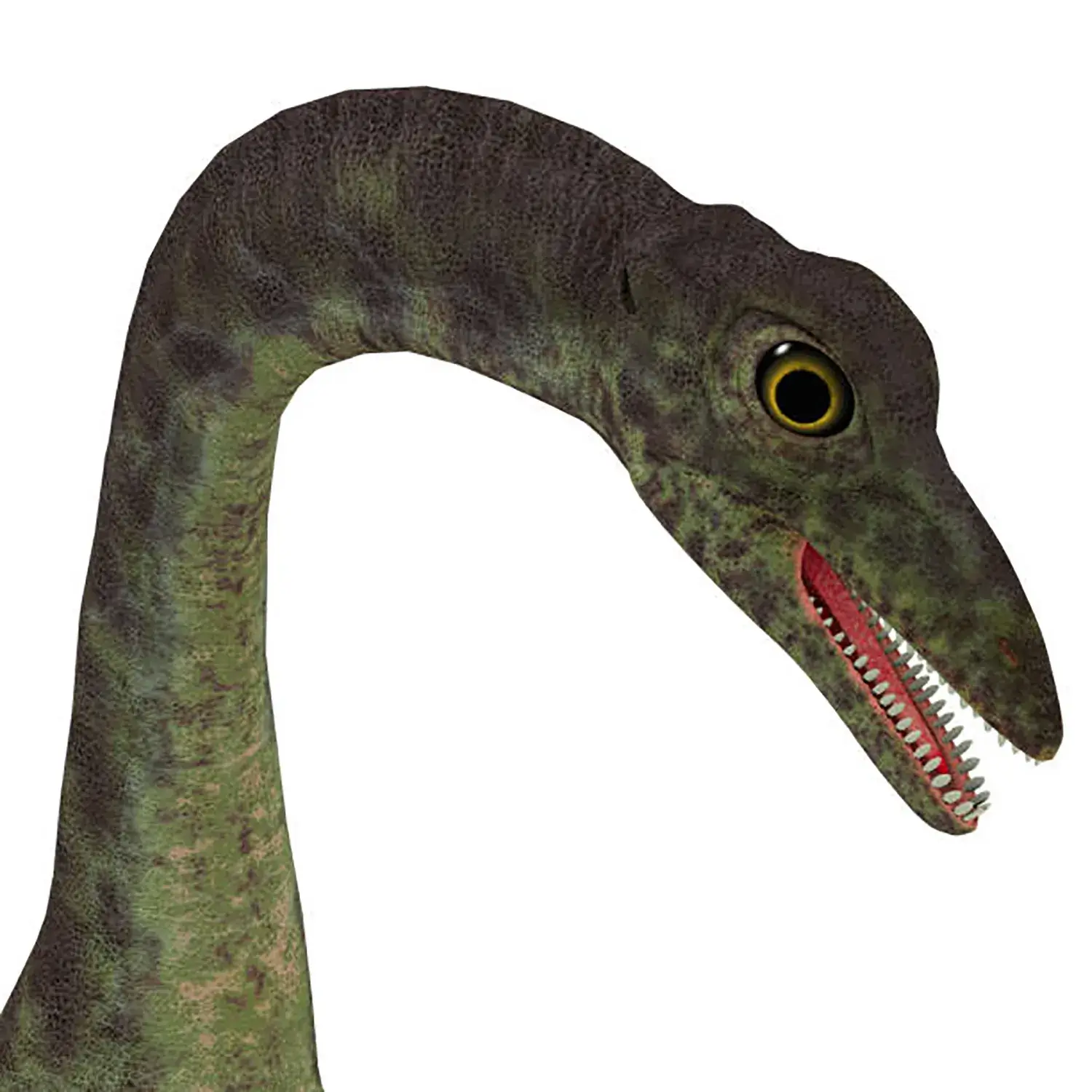
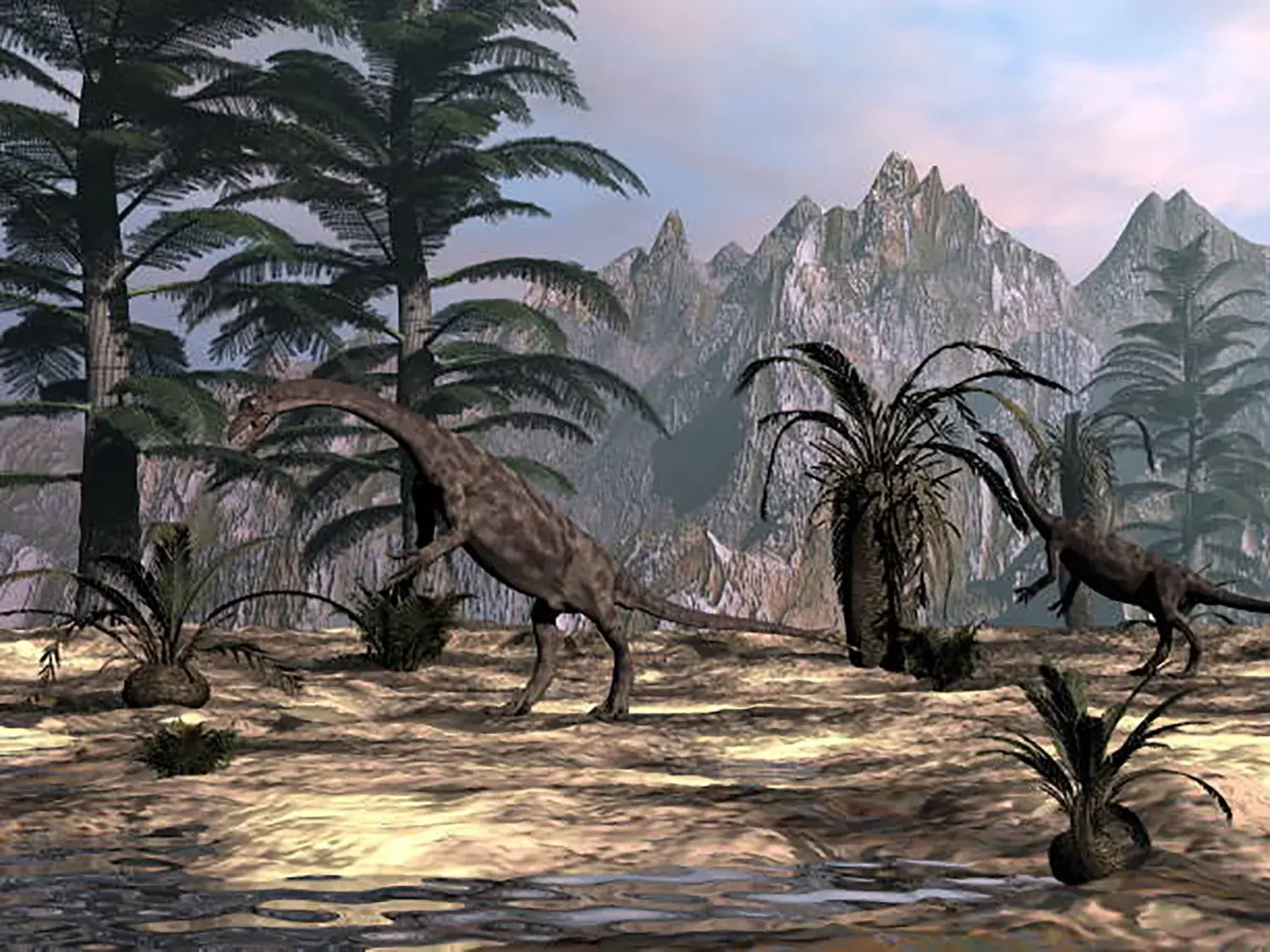
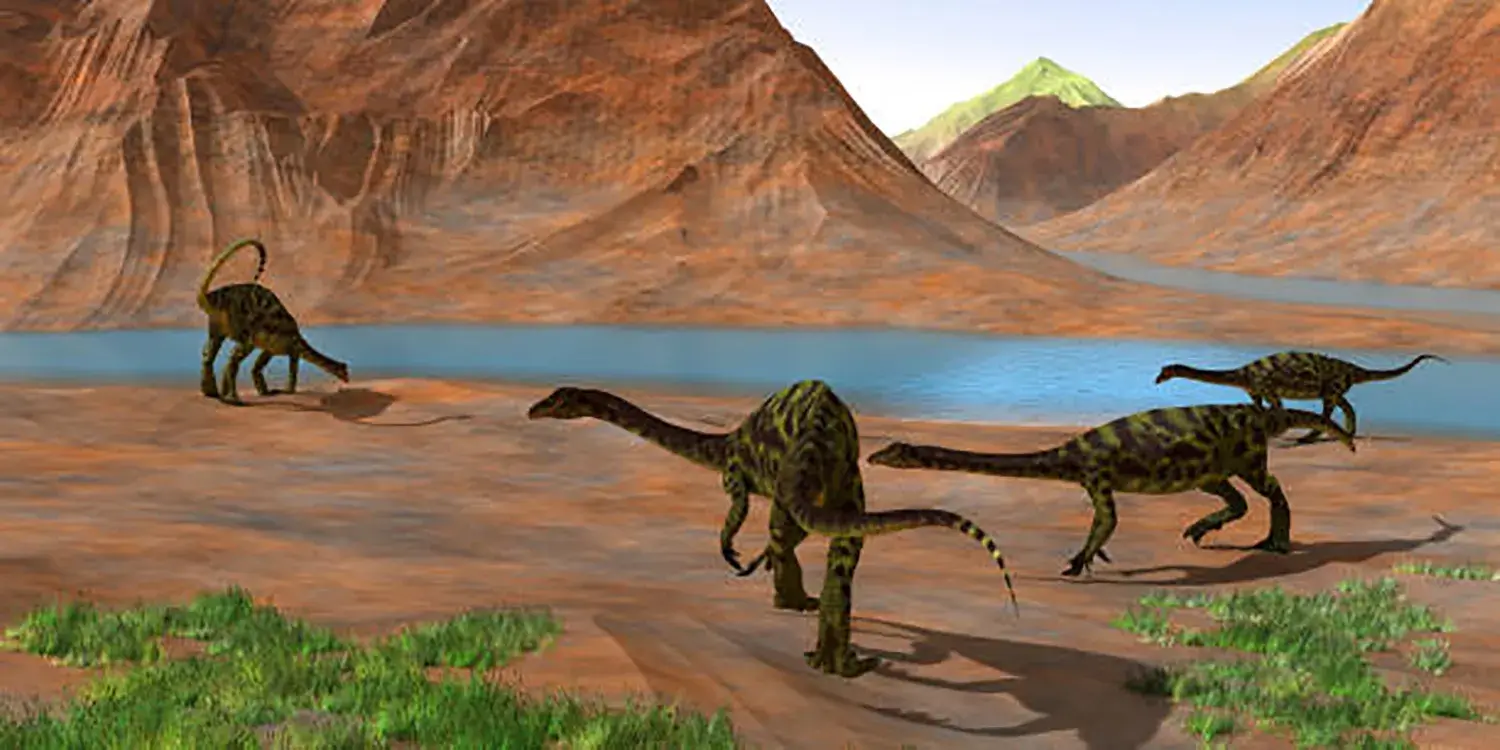

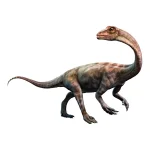
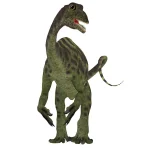
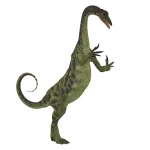
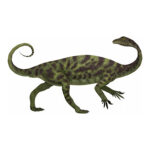
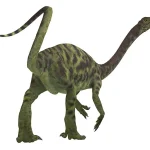
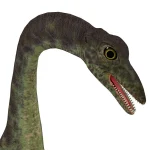
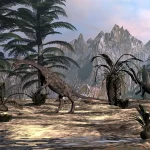
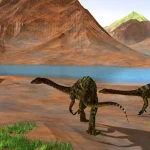
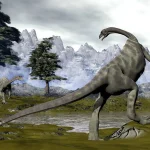
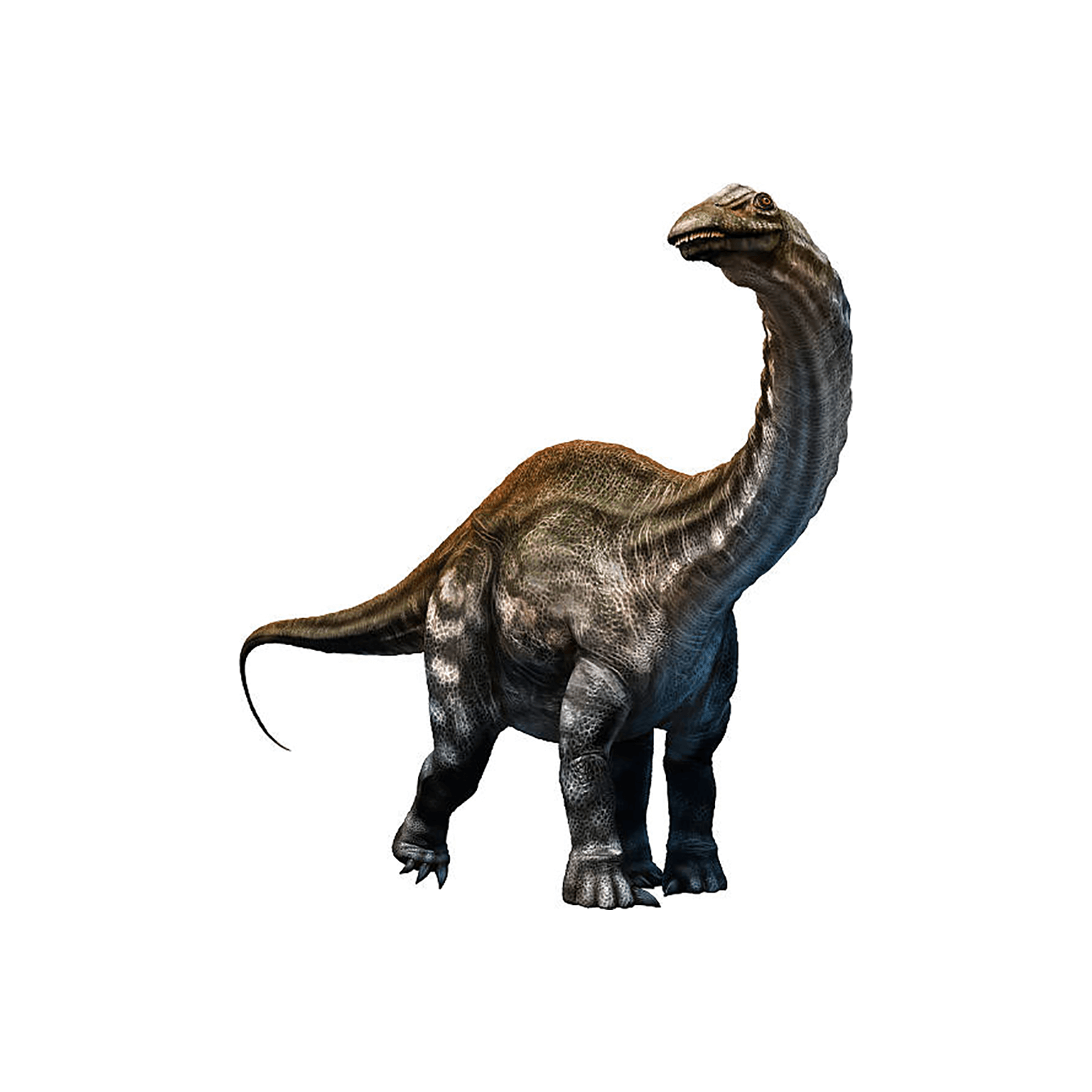
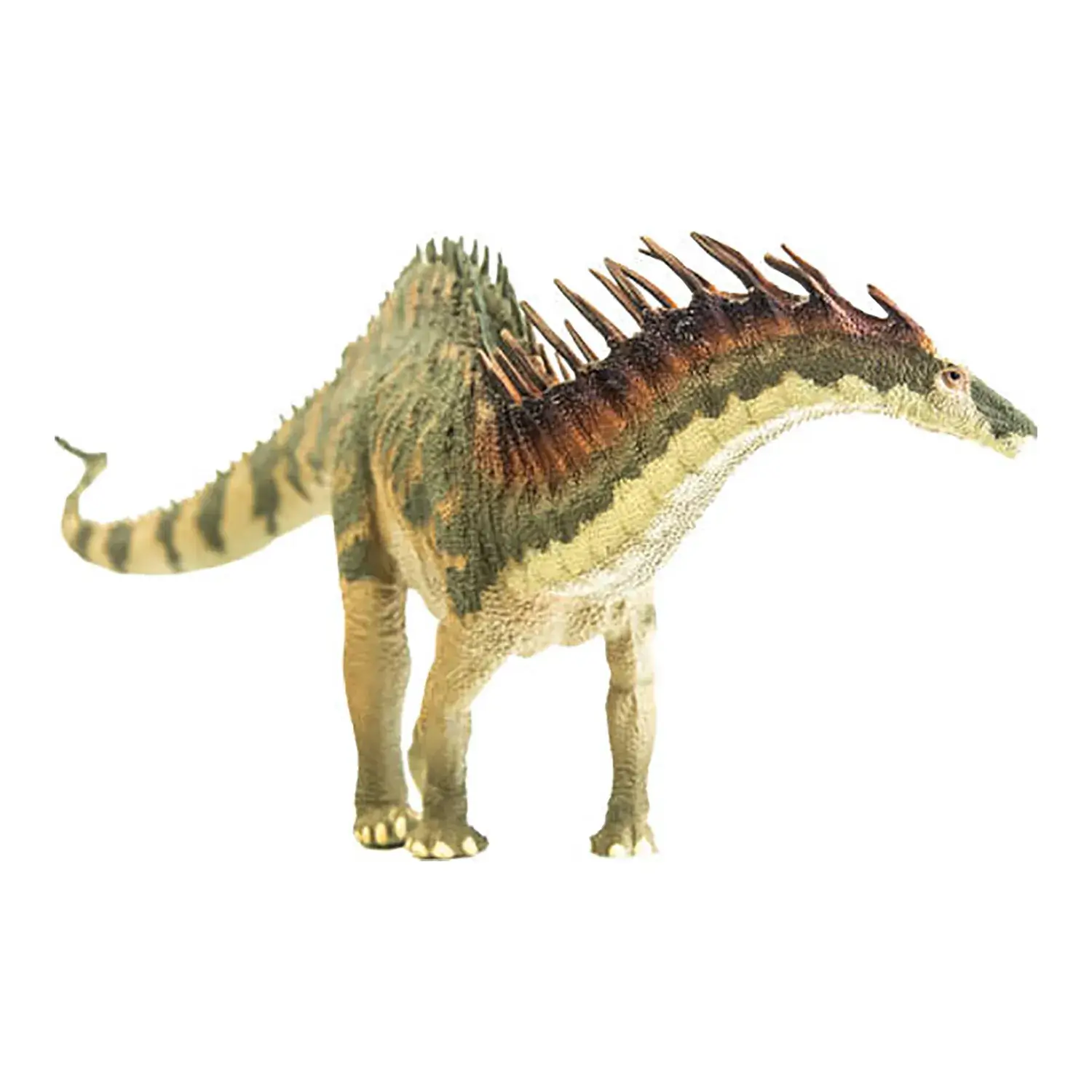

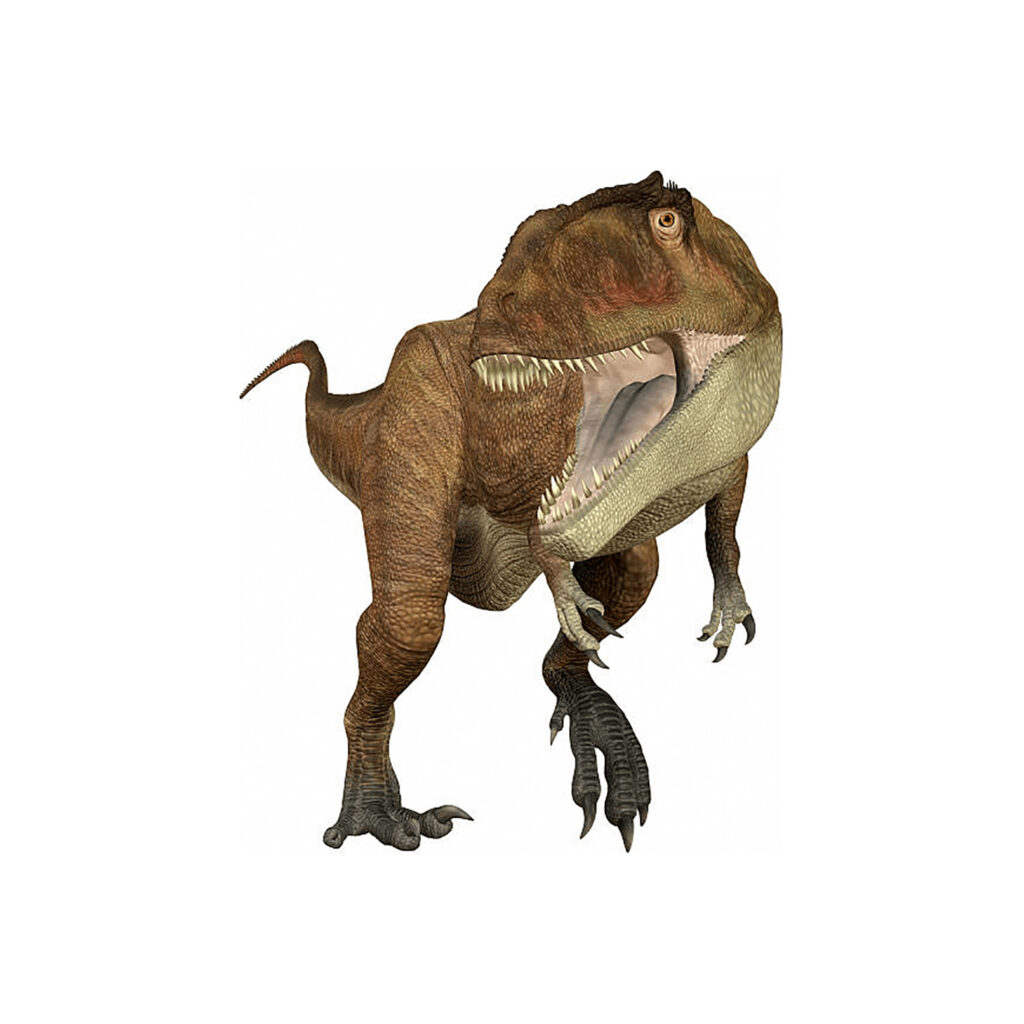
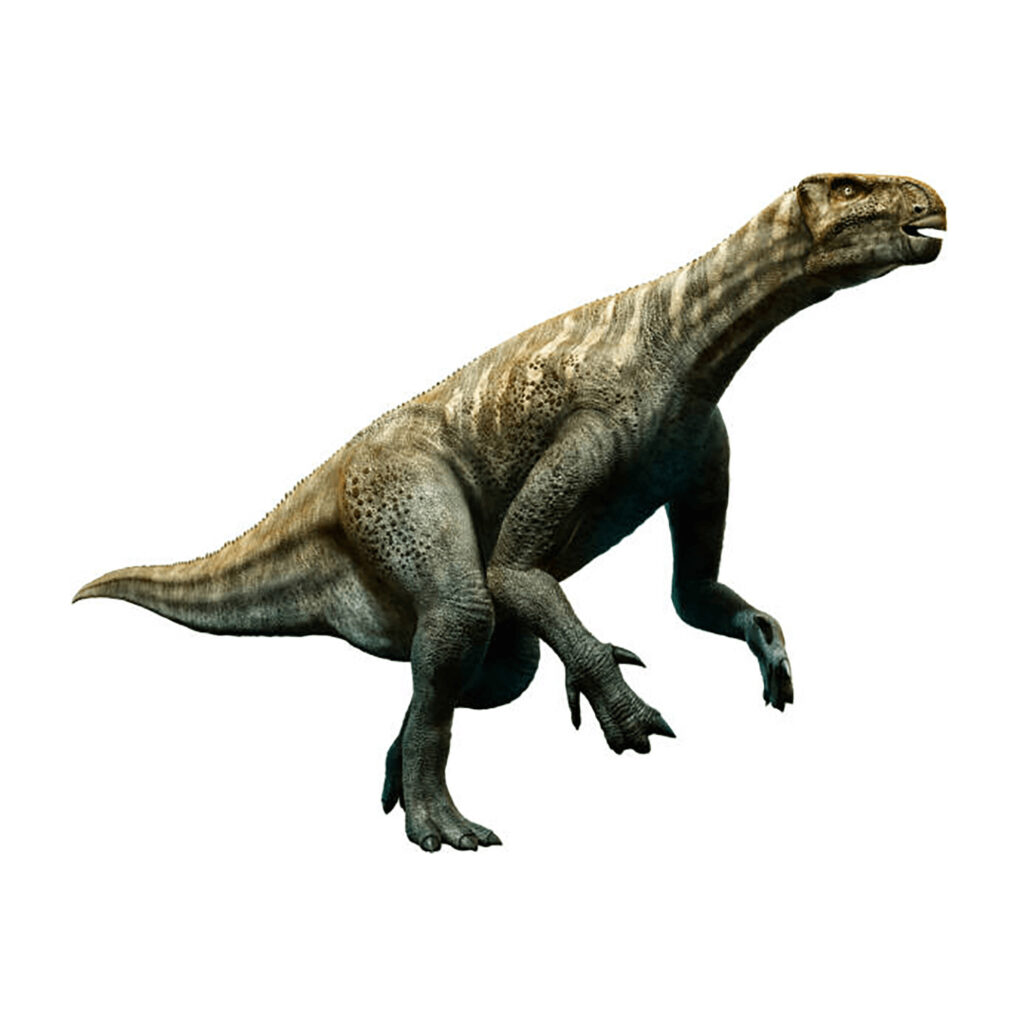
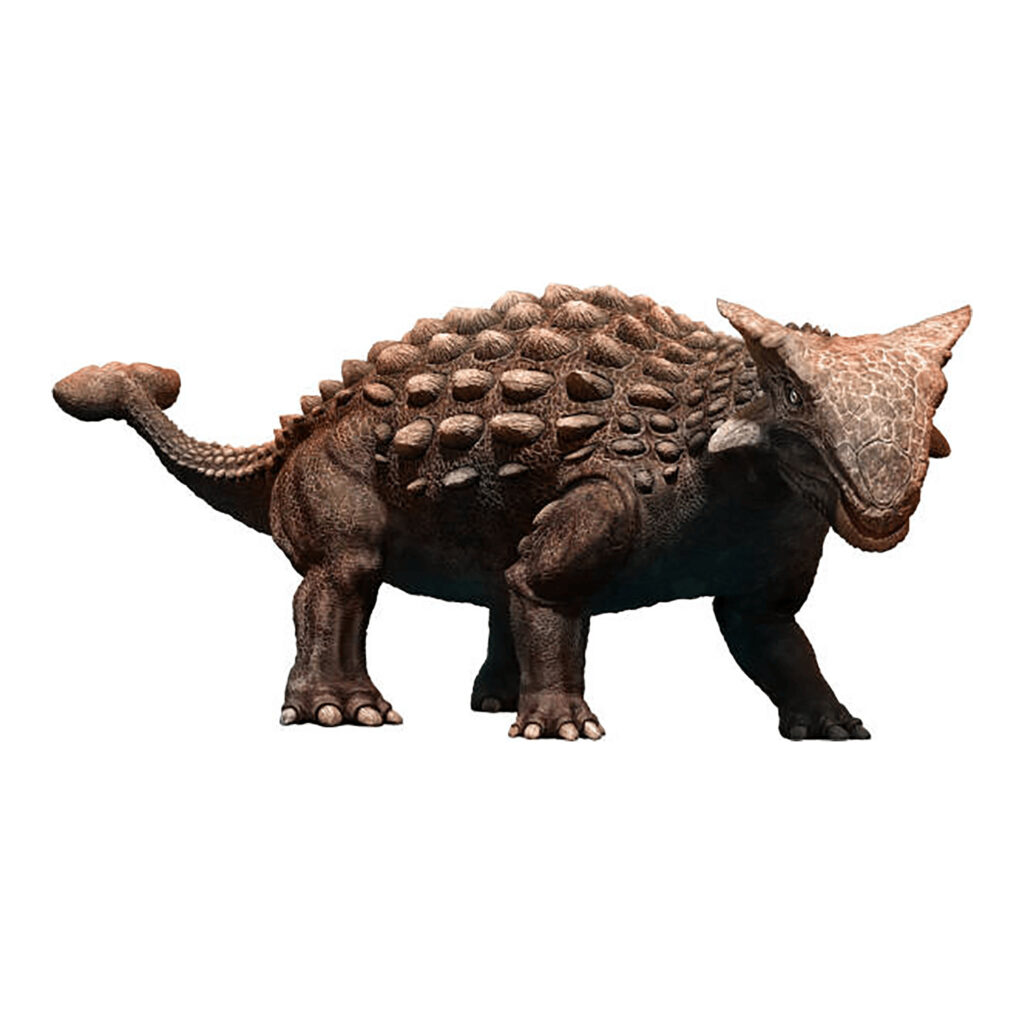
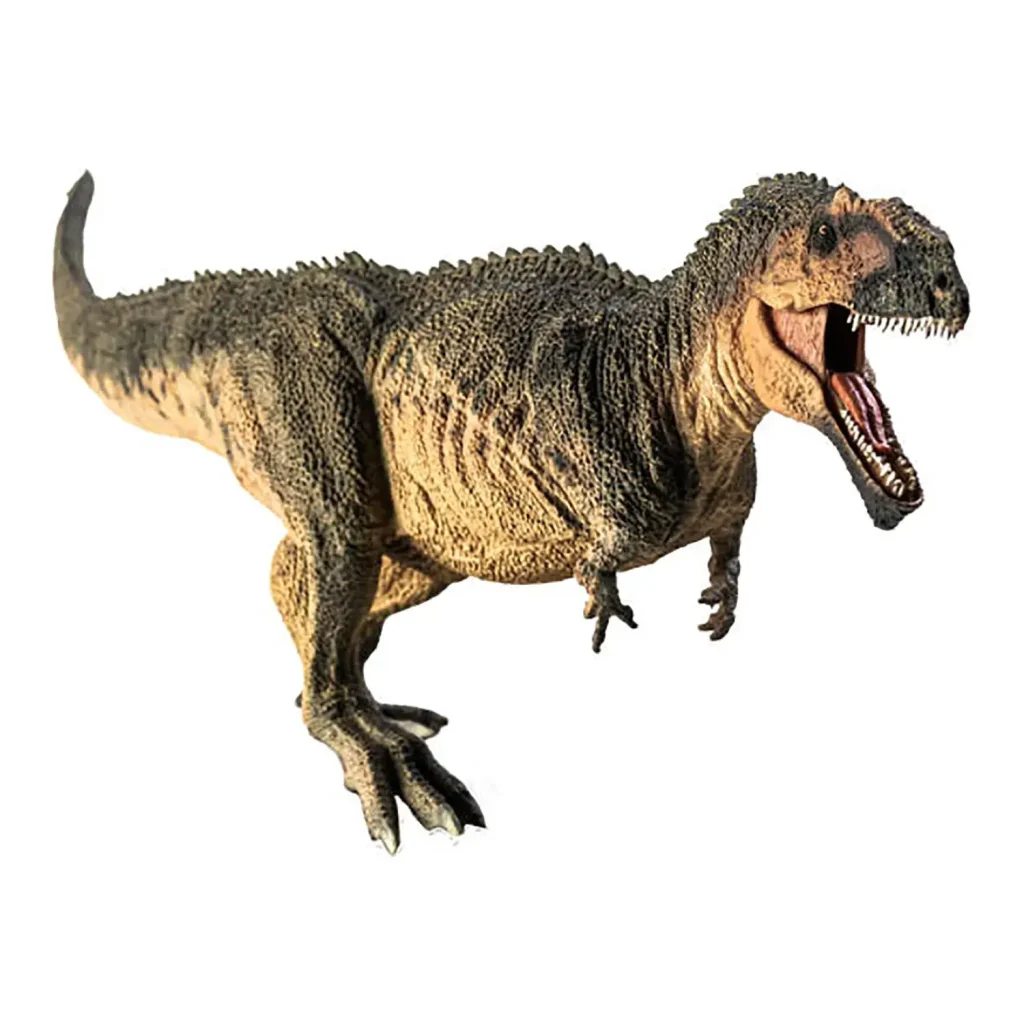







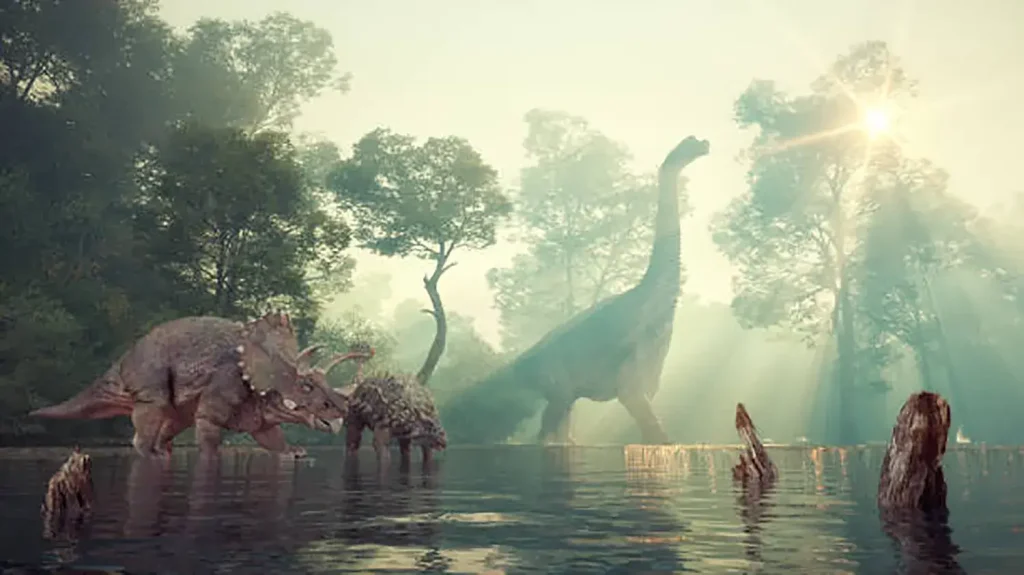
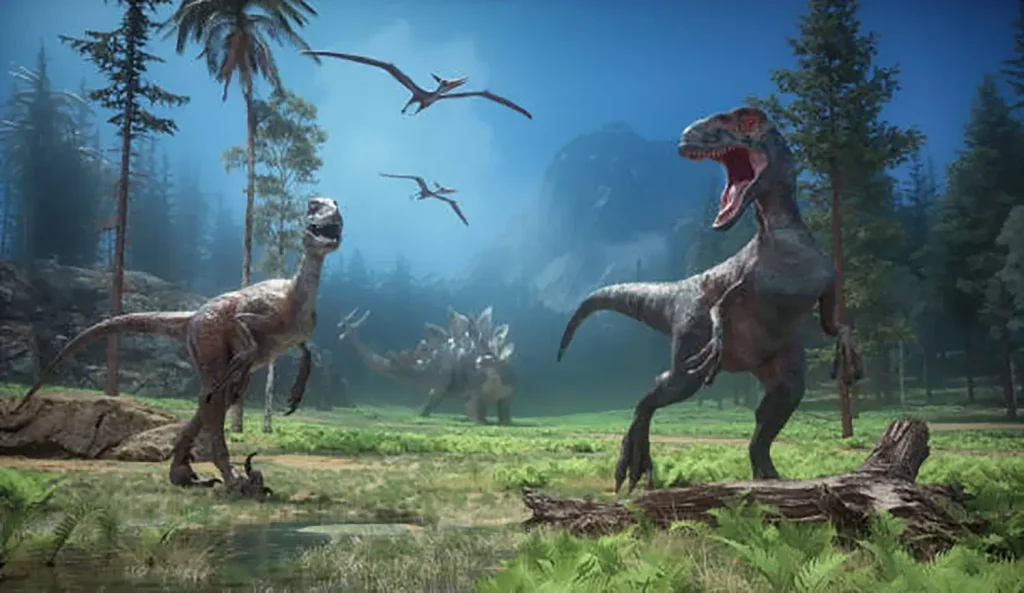
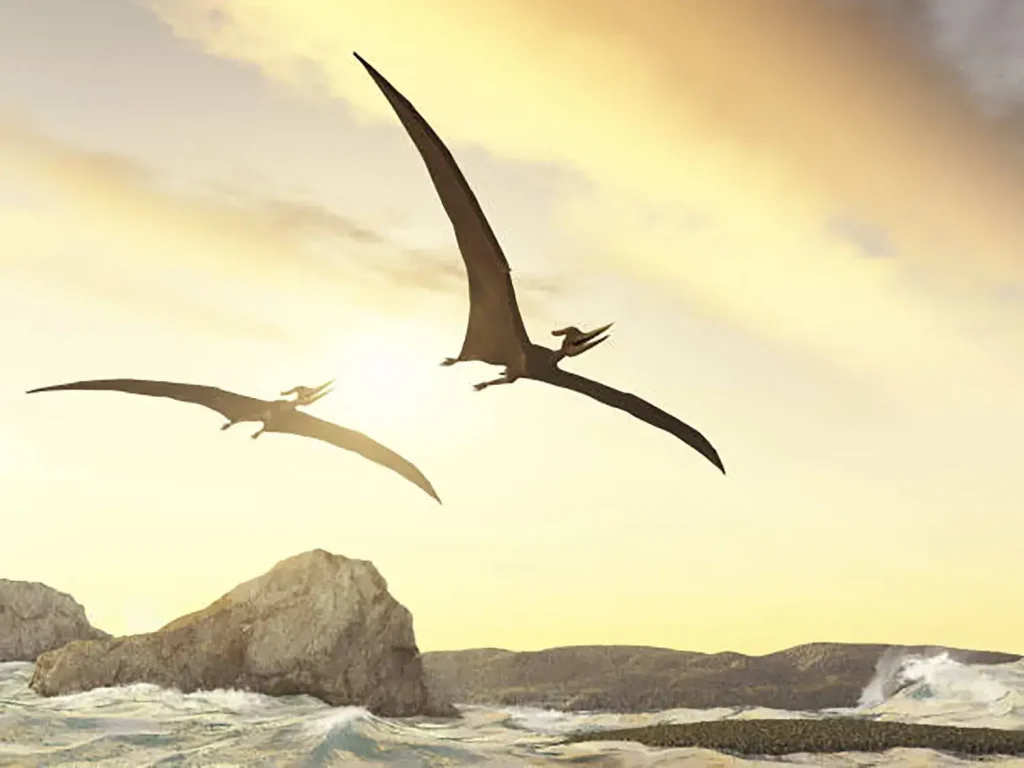
Description
Anchisaurus was a small, early sauropodomorph that lived during the Early Jurassic period.
Its name means “near lizard,” and contrary to the image of a sauropod with a gigantic body, it was a small dinosaur of only about 2 meters in length and weighing around 35 kg.
A Storied History and the Bone Wars
The fossil of Anchisaurus was discovered by a well-digger in 1818.
However, its rarity was not understood at the time, and it was mistakenly thought to be human bones.
It was later identified as a reptile fossil in 1855 and formally named “Anchisaurus” by Othniel Charles Marsh in 1885.
The “Bone Wars” that erupted in North America during this period led to the excavation of many high-quality specimens, which allowed scientists to understand its complete appearance.
However, a complete skeleton has still not been assembled, and its neck and tail have been reconstructed based on other prosauropods.
The fossilized footprints of Anchisaurus were discovered in Connecticut 20 years before it was officially named, confirming its existence in the Early Jurassic period.
The Unique Ecology of a Small Body
Anchisaurus had leaf-shaped teeth that were not suited for attacking animals, and it is believed to have eaten low-lying plants.
Its teeth were leaf-shaped and not suited for attacking animals.
It is also known to have swallowed stones to aid in digestion.
With its small body, it typically moved on four legs, but it is presumed that it sometimes stood on two legs to eat from tree branches.
It sometimes stood on two legs to eat from tree branches.
The thumb on its hand had a sharp claw, but its shape was not suited for attack.
It was also a slow walker and could not run fast enough to escape from carnivorous dinosaurs.
It was a slow walker and couldn’t run fast enough to escape from carnivorous dinosaurs.
However, this small body and unique ecology may have been one of the reasons its lineage was able to thrive as the ancestor of sauropods.